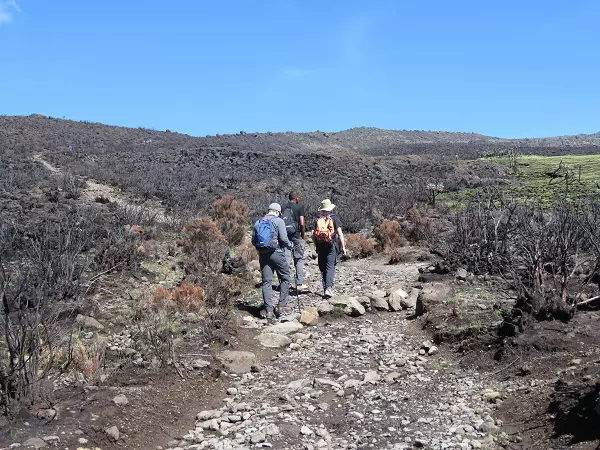
Climbing Kilimanjaro, Africa's highest peak, is a bucket-list adventure that requires careful planning, and choosing the right time to embark on this journey is crucial. The Best Time of Year to Climb Kilimanjaro, often synonymous with the Best Time to Hike Kilimanjaro, depends on various factors that can significantly impact your experience. In this comprehensive guide, we will delve into the intricacies of Kilimanjaro's seasons to help you make an informed decision for a successful and memorable ascent.
Kilimanjaro experiences two primary seasons – the dry season and the wet season.
Lower precipitation, providing clearer skies and more stable weather.
Excellent visibility for panoramic views of the surrounding landscapes.
Generally considered the Best Time of Year to Climb Kilimanjaro due to favorable conditions.
Popular and busier months, especially July to September. Advanced booking is advisable.
Colder temperatures, especially at higher altitudes, so proper gear is essential.
Quieter trails with fewer climbers.
Lush vegetation, especially on the lower slopes.
Unique opportunities for wildlife spotting.
Higher chances of precipitation, especially from March to May.
Trails can be muddy and slippery, making certain routes more challenging.
Reduced visibility may limit scenic views.
The Best Time to Hike Kilimanjaro can vary based on the specific route you choose. Different routes have different microclimates and may be affected by the seasons differently.
A popular route with diverse landscapes. June to October is optimal, but it's possible to climb year-round.
Known as the "Coca-Cola Route," it is more crowded. June to October is the Best Time to Hike Kilimanjaro on this route.
A more remote route with stunning scenery. June to October is ideal, but it is also suitable during the short rainy season (November and December).
The only route approaching from the north. It is less crowded and can be tackled throughout the year, but June to October is preferable.
The longest route offering excellent acclimatization. June to October is the Best Time of Year to Climb Kilimanjaro on this route.
Temperature and visibility are critical factors for a successful Kilimanjaro climb.
During the dry season, temperatures are colder, especially at higher elevations. Adequate layering is crucial to combat the cold.
The wet season may offer milder temperatures but comes with the trade-off of more precipitation.
Clear skies during the dry season provide excellent visibility for stargazing and panoramic views of the landscapes.
The wet season may have cloud cover, limiting visibility but creating a lush and green environment.
Consider your preference for trail solitude versus sharing the experience with fellow trekkers.
More popular and crowded, especially on well-known routes like Machame and Marangu.
Advanced booking is essential.
Quieter trails with fewer climbers.
More solitude but be prepared for muddy and challenging conditions.
Regardless of the time of year, proper training and preparation are essential for a successful Kilimanjaro climb.
Train adequately for endurance, strength, and acclimatization.
Focus on cardiovascular exercises, strength training, and altitude simulation if possible.
Understand the challenges of high-altitude trekking.
Mental resilience is crucial for overcoming physical and environmental challenges.
Understanding the Best Time of Year to Climb Kilimanjaro involves careful consideration of your preferences, route choices, and tolerance for different weather conditions. Whether you opt for the dry season with its clearer skies and colder temperatures or the wet season for a quieter and more lush experience, each period offers a unique perspective of this iconic mountain. With the right preparation and a well-timed ascent, your Kilimanjaro climb can be a rewarding and awe-inspiring adventure, leaving you with memories that last a lifetime.